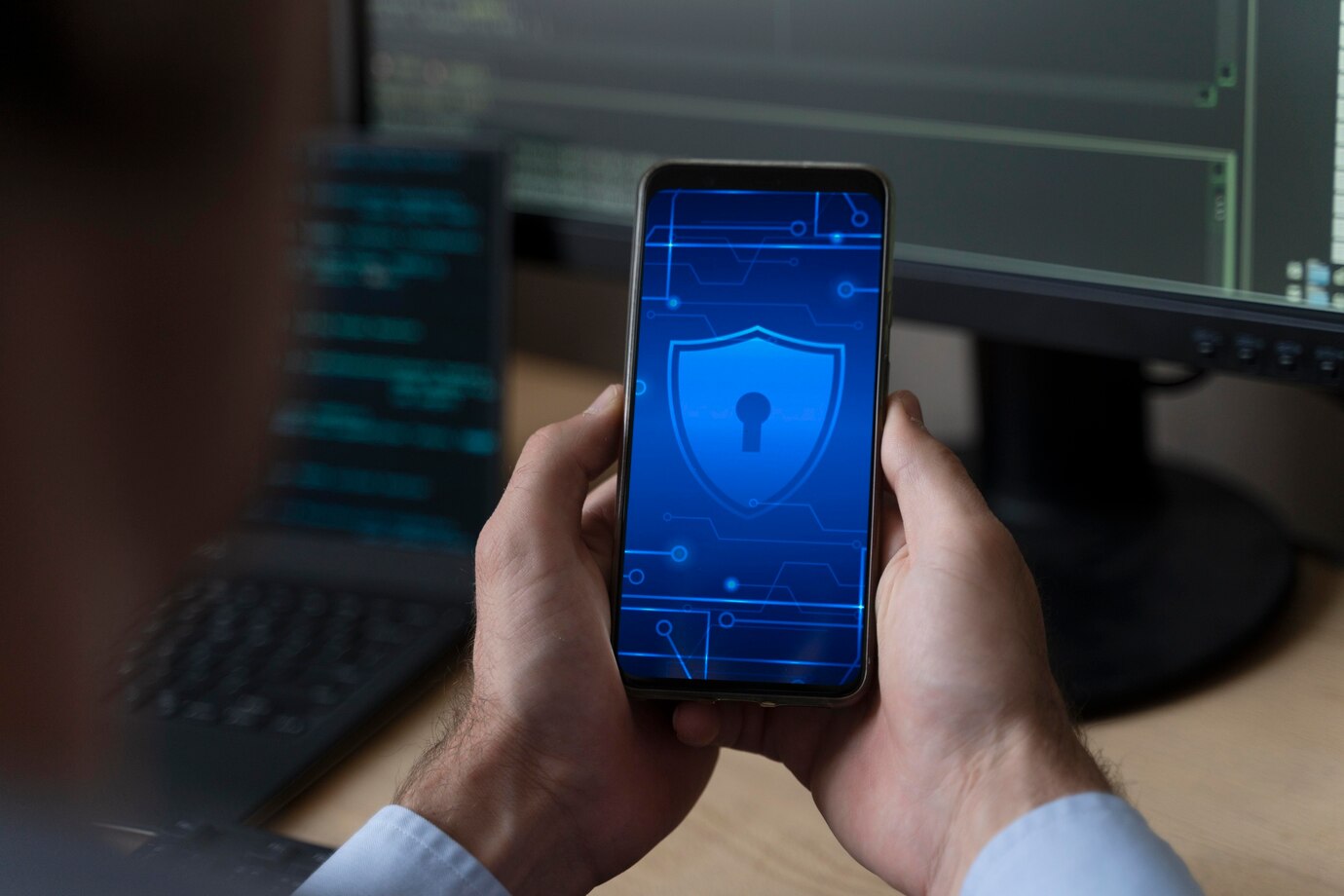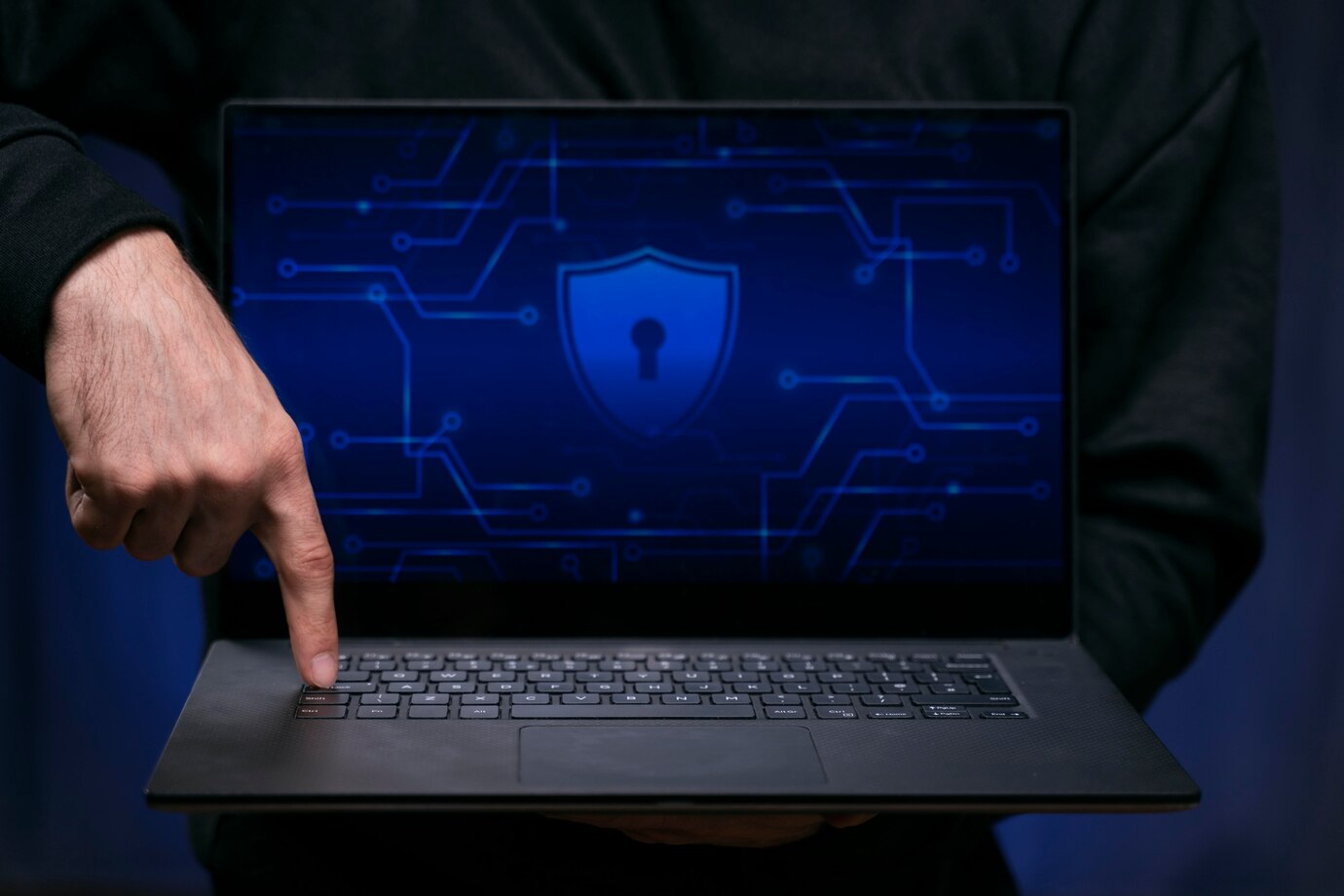The Role of Encryption in Securing Online Transactions
Cybersecurity encryption has become a top priority with the rise of digital payments, online shopping, and secure transactions. Encryption is vital in protecting sensitive data from cyber threats and ensuring that online transactions remain secure. Without encryption, online activities, including banking, e-commerce, and communications, would be highly vulnerable to cybercriminals. This article explores the importance

Cybersecurity encryption has become a top priority with the rise of digital payments, online shopping, and secure transactions. Encryption is vital in protecting sensitive data from cyber threats and ensuring that online transactions remain secure. Without encryption, online activities, including banking, e-commerce, and communications, would be highly vulnerable to cybercriminals. This article explores the importance of online encryption, its role in modern cybersecurity, and best practices to enhance online security to protect personal data.
Understanding Encryption and Its Importance

What is Encryption?
Encryption is a cybersecurity technique that converts data into an unreadable format to prevent unauthorised access. It ensures that sensitive information, such as credit card details, passwords, and personal data, is protected and remains confidential while transmitted over the Internet. Online encryption works by scrambling data using complex mathematical algorithms, and only authorised parties with a decryption key can restore the original data. This prevents hackers and malicious actors from intercepting and exploiting sensitive information.
Why Encryption Matters for Online Transactions
As cyber threats increase, online encryption has become essential for:
- Protecting Sensitive Data: Prevents hackers from accessing financial and personal information.
- Ensuring Secure Communication: Encrypts emails, messages, and file transfers to safeguard confidential information.
- Building Trust in Digital Platforms: Businesses implementing strong encryption assure customers that their data is secure.
- Complying with Regulations: Many industries must follow strict data protection laws, such as GDPR (General Data Protection Regulation) and PCI DSS (Payment Card Industry Data Security Standard), which mandate encryption for secure transactions.
- Preventing Identity Theft: Encrypted data makes it more difficult for cybercriminals to commit fraud using stolen information.
How Encryption Works in Online Transactions
Encryption protects data using complex algorithms that scramble information, making it unintelligible to unauthorised users. Only those with the correct decryption key can access the original data.
Types of Encryption
Symmetric Encryption
- Uses a single key for both encryption and decryption.
- Faster and more efficient for securing bulk data transfers.
- Common algorithms: AES (Advanced Encryption Standard), DES (Data Encryption Standard).
Asymmetric Encryption
- Uses two keys: a public key (for encryption) and a private key (for decryption).
- More secure for online transactions and digital signatures.
- Standard algorithms: RSA (Rivest-Shamir-Adleman), ECC (Elliptic Curve Cryptography).
Encryption in Payment Systems
Secure payment gateways and financial institutions use encryption to have secure transactions:
- SSL/TLS Encryption: Encrypts data transmitted between users and websites, ensuring secure online communication.
- End-to-End Encryption (E2EE): Ensures that data remains encrypted throughout transmission and can only be accessed by the intended recipient.
- Tokenisation: Replaces sensitive data with unique, randomised identifiers (tokens) to reduce the risk of fraud.
- EMV Chip Technology: Used in modern credit and debit cards to encrypt transaction data and prevent card fraud.
Cyber Threats and Encryption

Despite secure encryption, cybercriminals constantly seek ways to exploit vulnerabilities in online transactions.
Common Cybersecurity Threats Targeting Online Transactions
- Man-in-the-Middle (MITM) Attacks: Hackers intercept encrypted communication to steal sensitive data.
- Phishing Attacks: Fraudulent websites trick users into entering personal and financial details.
- Ransomware Attacks: Malicious software encrypts user data and demands payment for its release.
- Brute Force Attacks: Hackers use powerful computing resources to crack encryption keys.
- Data Breaches: Cybercriminals target businesses and financial institutions to access unencrypted or weakly encrypted data.
How Encryption Mitigates Cyber Risks
- Data Confidentiality: Ensures unauthorised users cannot read encrypted information.
- Authentication & Integrity: Verifies the identity of parties involved in a transaction and ensures that data is not altered.
- Resistance to Hacking: Strong encryption algorithms take decades to break with current technology, making unauthorised access nearly impossible.
Best Practices for Secure Online Transactions
1. Use Encrypted Payment Methods
- Opt for payment gateways that use SSL/TLS encryption.
- Use two-factor authentication (2FA) for added security.
- Avoid entering payment details on unsecured or suspicious websites.
2. Keep Software and Devices Updated
- Install the latest security patches to protect against vulnerabilities.
- Use updated antivirus and firewall protection to block malware and cyber threats.
- Regularly update encryption protocols in business and personal devices.
3. Avoid Public Wi-Fi for Transactions
- Use a VPN (Virtual Private Network) to encrypt your internet connection when accessing public networks.
- Never enter personal or payment information over unsecured public Wi-Fi.
4. Monitor Financial Statements
- Regularly check bank statements and transaction history for unauthorised charges.
- Enable real-time alerts from your bank or financial institution to detect fraudulent activity.
5. Use Strong, Unique Passwords
- Use long, complex passwords with a mix of letters, numbers, and special characters.
- Consider using password managers to generate and store secure credentials.
6. Enable Multi-Factor Authentication (MFA)
- MFA adds an extra layer of security, requiring an additional verification step, such as a one-time password (OTP) or biometric authentication.
Future of Encryption in Cybersecurity
Cybersecurity encryption technology is advancing as cyber threats evolve to meet new security challenges.
Trends in Encryption
- Quantum Encryption: Quantum computing may pose a risk to existing encryption methods, leading to the development of quantum-resistant encryption.
- Homomorphic Encryption: Enables encrypted data to be processed without decryption, improving privacy and security.
- Zero-Trust Security Models: Encourages continuous verification of users and devices before granting access.
- Biometric Encryption: Combines encryption with fingerprint, facial recognition, and voice authentication to enhance security.
- Decentralised Encryption Systems: Uses blockchain and distributed ledger technology to provide secure, tamper-proof encryption methods.
Conclusion: Strengthening Online Security with Encryption

Encryption is a crucial tool in safeguarding online transactions from cyber threats. Individuals and businesses can protect their financial data and maintain trust in secure transactions by understanding encryption methods, implementing security best practices, and staying informed about emerging trends. As cybersecurity encryption continues to advance, adopting robust online encryption strategies will be essential in securing the future of online payments, digital communication, and overall internet security. Organisations, governments, and individuals must prioritise encryption to create a safer, more secure digital landscape for all users.